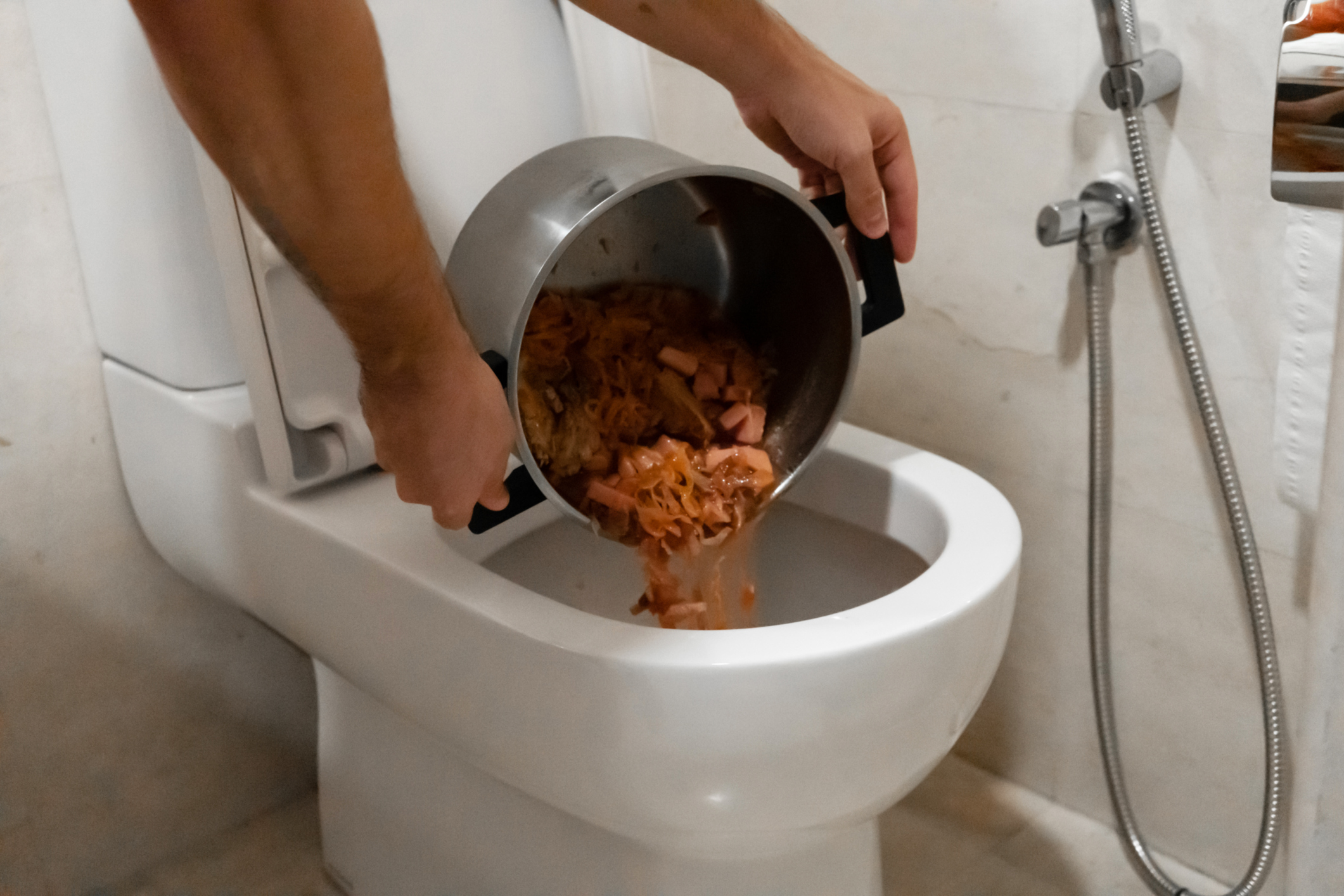Is it Advisable to Flush Food Down the Toilet?
Is it Advisable to Flush Food Down the Toilet?
Blog Article
Just about every person maintains his or her own idea on the subject of Think Twice Before Flushing Food Down Your Toilet.

Intro
Many people are commonly confronted with the predicament of what to do with food waste, specifically when it involves leftovers or scraps. One common concern that arises is whether it's alright to purge food down the bathroom. In this write-up, we'll delve into the reasons why people could consider flushing food, the consequences of doing so, and different methods for correct disposal.
Reasons individuals could consider flushing food
Absence of understanding
Some people might not be aware of the prospective damage caused by flushing food down the bathroom. They may mistakenly believe that it's a harmless technique.
Ease
Purging food down the commode might appear like a fast and easy remedy to taking care of unwanted scraps, especially when there's no close-by trash can offered.
Negligence
In some cases, individuals may merely select to flush food out of large laziness, without considering the consequences of their actions.
Effects of flushing food down the toilet
Ecological impact
Food waste that ends up in waterways can contribute to air pollution and harm aquatic ecological communities. Additionally, the water utilized to flush food can strain water resources.
Pipes problems
Flushing food can cause clogged pipelines and drains pipes, triggering expensive plumbing repairs and hassles.
Types of food that need to not be flushed
Coarse foods
Foods with fibrous textures such as celery or corn husks can obtain tangled in pipelines and create blockages.
Starchy foods
Starchy foods like pasta and rice can absorb water and swell, leading to clogs in pipelines.
Oils and fats
Greasy foods like bacon or cooking oils must never ever be flushed down the toilet as they can strengthen and cause clogs.
Proper disposal techniques for food waste
Using a waste disposal unit
For homes furnished with garbage disposals, food scraps can be ground up and purged via the pipes system. However, not all foods are suitable for disposal in this manner.
Recycling
Certain food packaging products can be reused, reducing waste and minimizing ecological influence.
Composting
Composting is a green means to throw away food waste. Organic materials can be composted and utilized to improve soil for gardening.
The importance of correct waste management
Reducing environmental injury
Appropriate waste management techniques, such as composting and recycling, help lessen pollution and maintain natural deposits for future generations.
Shielding pipes systems
By preventing the technique of flushing food down the bathroom, home owners can prevent expensive plumbing repair work and maintain the stability of their pipes systems.
Verdict
In conclusion, while it may be appealing to flush food down the toilet for ease, it is very important to comprehend the prospective repercussions of this action. By taking on appropriate waste administration practices and dealing with food waste sensibly, individuals can add to much healthier plumbing systems and a cleaner setting for all.
FLUSH FOOD DOWN THE TOILET?
FLUSHING FOOD CAN CAUSE BLOCKED DRAINS IN YOUR HOME
All of the plumbing fixtures in your home are connected to the same sewer pipe outside of your home. This outdoor sewer pipe is responsible for transporting all the wastewater from your home to the Council sewer mains. Even small pieces of food that go down the kitchen sink can cause problems for your sewer. It should therefore be obvious that flushing larger bits of food, such as meat, risks a clog in either the toilet itself or the sewer pipes. Flushing greasy food is even more problematic because oil coagulates when it cools, coating the interior lining of your pipes.
THE TOILET IS NOT A BIN
Food isn’t the only thing that people shouldn’t be flushing down the toilet. People use the toilet to dispose of all kinds of things such as tampons, makeup wipes, dental floss, kitty litter and even underwear. Water goes to great lengths to educate residents about the high costs and stress placed on wastewater treatment systems simply from people flushing the wrong stuff down the toilet. It costs taxpayers millions of dollars each year, and homeowners thousands in blocked drain repairs.
FLUSHING FOOD IS A WASTE OF WATER
Flushing food is a waste of our most precious resource - water. In June this year Level 1 water restrictions were introduced to protect water supply from drought conditions. Much of New South Wales continues to be affected by prolonged drought with recent figures revealing up to 97 per cent of the state remains in drought. Depending on whether you have a single or dual flush toilet, every single flush uses between five and 11 litres of water. In the current climate this is a huge amount of water to be wasting on flushing food that should be placed in the bin (or better yet, the compost).
https://www.jabplumbingsolutions.com.au/blog/can-you-flush-food-down-the-toilet

I discovered that blog entry on while doing a lookup on the search engines. Make sure you take a moment to promote this blog post if you liked it. Many thanks for going through it.
Contact Us Today Report this page